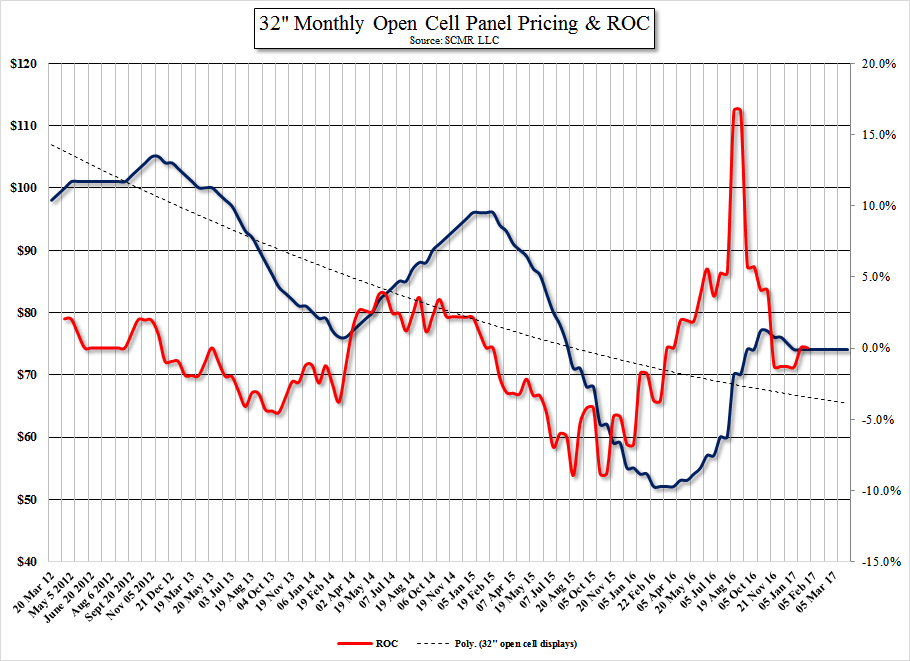LG to sell OLED equipment to Tianma?
What makes this information unusual is that it would seem strange for LG Electronics to own the tool, as LG Electronics is an assembler and brand marketing company, while LG Display is the display producer. Perhaps the writer confused the two, but what makes it more confusing is why LG Display (should the confusion be correct) would be selling the tool if it is testing the tool on a production basis, and in many cases tool manufacturers will ‘loan’ a tool to panel producers to test, keeping ownership with the vendor if the tool is rejected.
Also questionable is the idea that LG, a South Korean firm with very significant OLED manufacturing expertise, would want to sell equipment to a potential Chinese competitor. It wouldn’t be the 1st time, as Samsung Display (pvt) has sold equipment to Chinese producers, but it is certainly frowned upon by the South Korean government, as the fear that Chinese producers will gain some knowledge that will close the experience gap between the two countries. South Korea has seen this happen years ago when Chinese entities bought South Korean panel producer Hydis, and closed the company after stripping out the IP and physical assets. While blocking the equipment sale by LG would likely be extreme, the government of South Korea has made it plain that they disapprove of anything that will help Chinese display industry participants gain traction.





 RSS Feed
RSS Feed